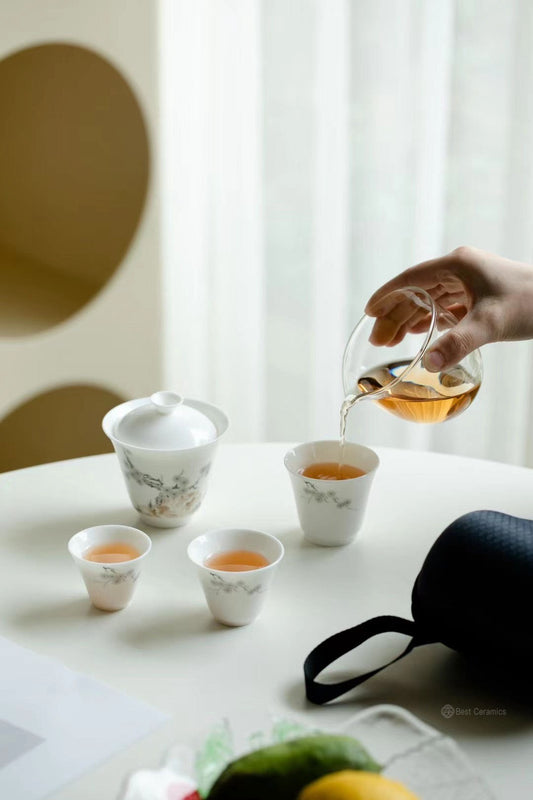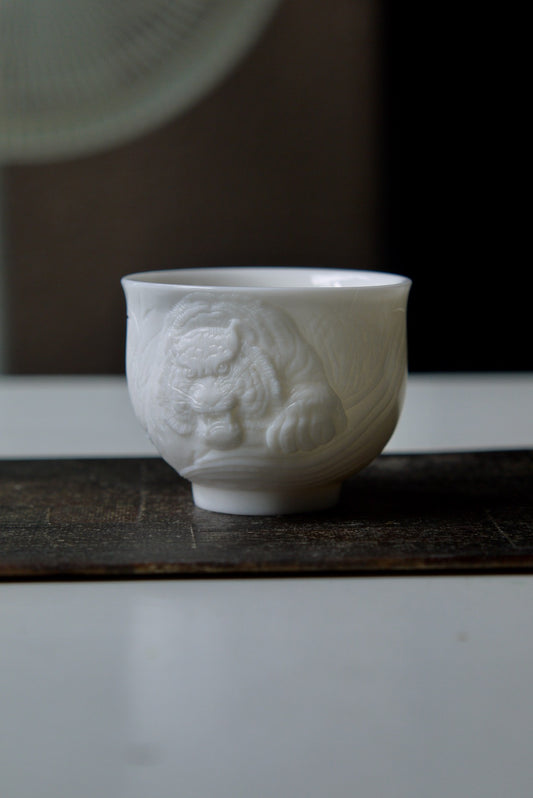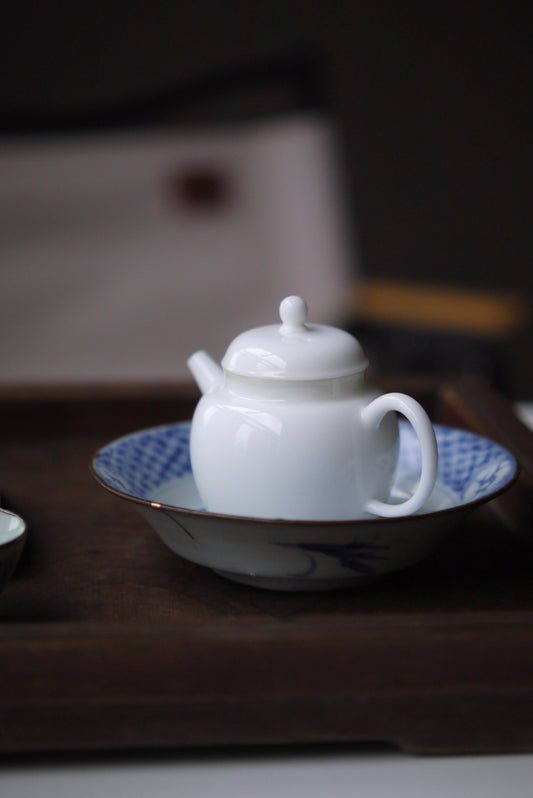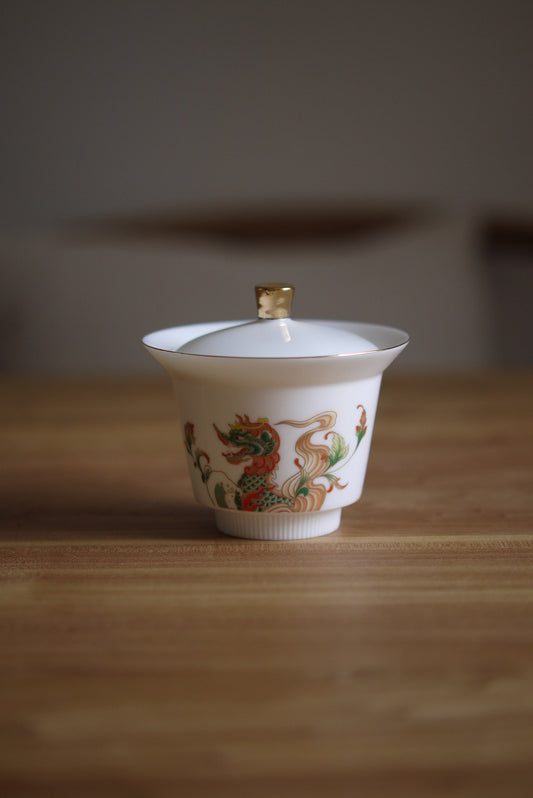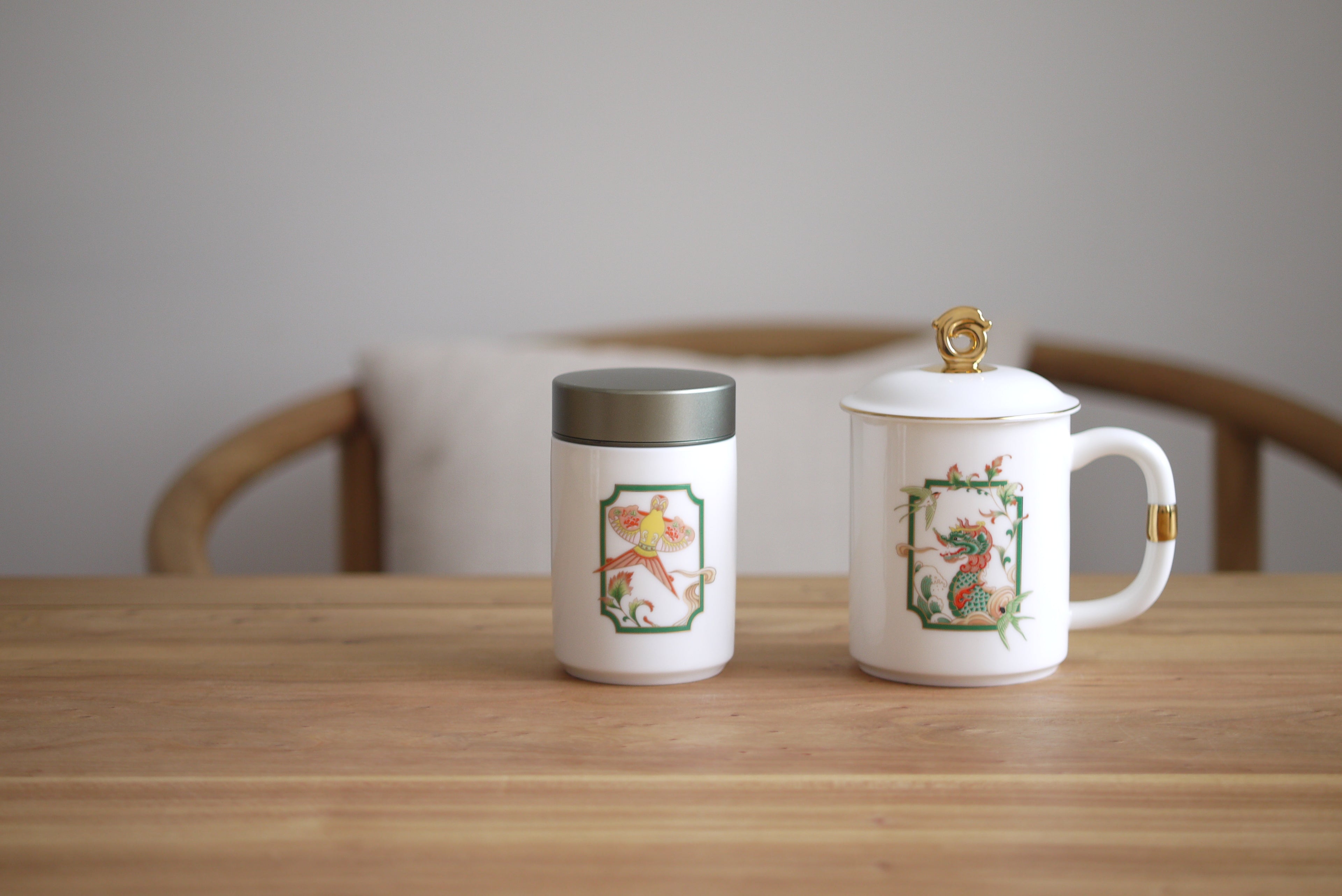

Introduction
Blanc de Chine
Blanc de Chine, also known as "Chinese White," is exquisite white porcelain from Dehua, Fujian Province, China. It's renowned for its pure white color, delicate texture, and timeless beauty. Dating back to the Ming and Qing dynasties, Blanc de Chine remains highly prized worldwide.

Historical
Significance
Dehua porcelain's origins trace back to the Song dynasty (960-1279 AD) but flourished during the Ming (1368-1644 AD) and Qing (1644-1912 AD) dynasties. The pure white porcelain and masterful artistry made Blanc de Chine highly sought after globally.
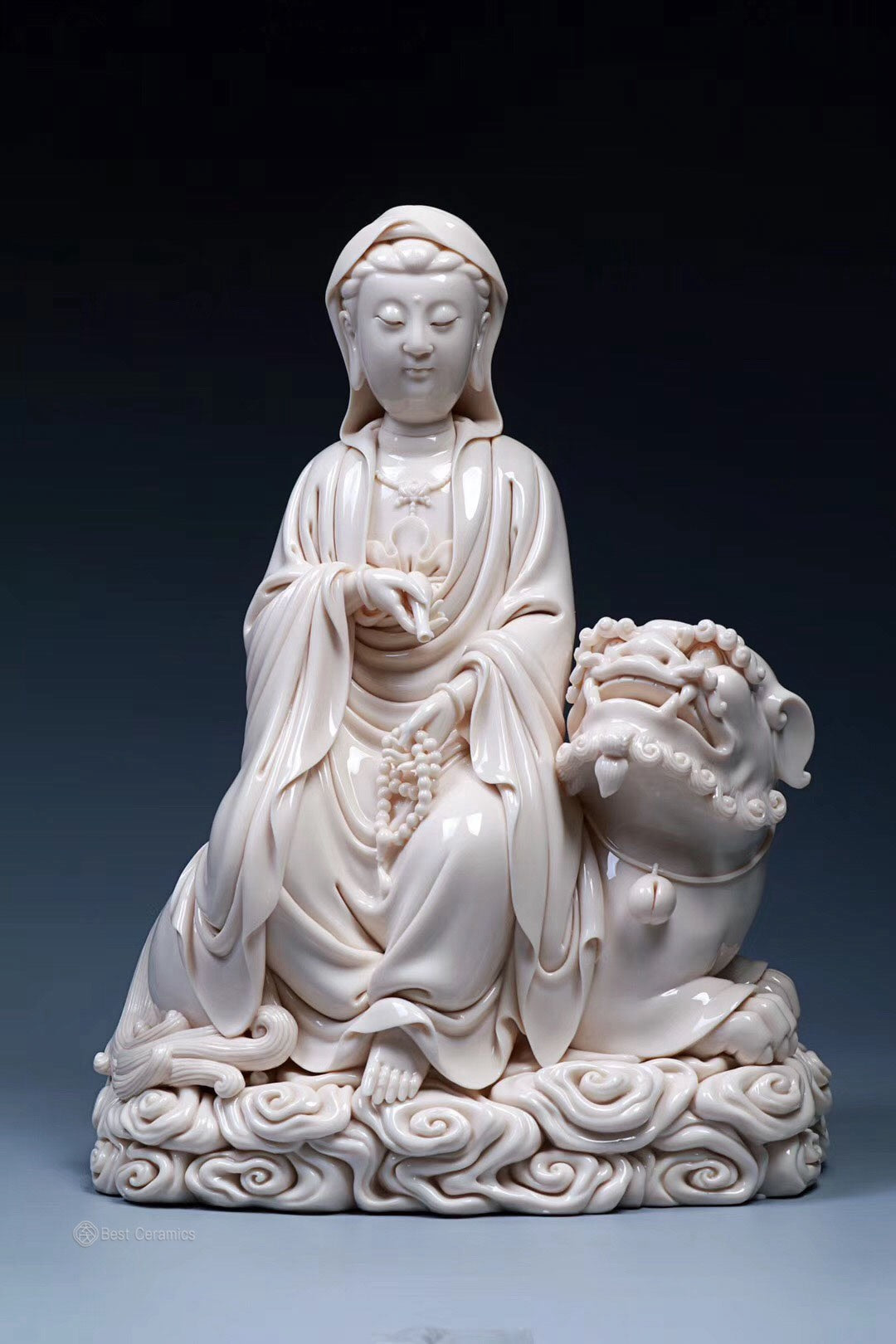
Craftsmanship and Techniques
Blanc de Chine is crafted using meticulous techniques. Artisans use high-fired porcelain requiring precise control. The unique white color comes from local kaolin clay, resulting in its translucent, jade-like quality.

Notable Artists and Styles
He Chaozong is a renowned Blanc de Chine artist known for intricate sculptures. His works often feature religious figures like Guanyin. Other notable styles include delicate flower designs and minimalist forms that highlight the porcelain's purity.

Modern Appeal and Applications
Blanc de Chine is appreciated for its aesthetic and cultural value. It's used in traditional and contemporary designs, from teapots and vases to modern art. Its blend of ancient techniques and modern design makes it a versatile and cherished addition to any collection.
Blane De Chine
-
Ming Dynasty Plum Blossom Cup
Regular price $299.00 USDRegular price$450.00 USDSale price $299.00 USDSale -
Gorgeous Peacock Teacup
Regular price $29.00 USDRegular price -
Dehua White Portable Tea Kit
Regular price $98.00 USDRegular price -
Folded Rim Beginner-Friendly Gaiwa
Regular price $159.00 USDRegular price -
Miniature Calligraphy Gaiwan
Regular price $159.00 USDRegular price -
Hand-Carved Tiger Teacup
Regular price $499.00 USDRegular price -
Blanc De Chine Gongfu Teapot
Regular price $125.00 USDRegular price -
Dragon Gaiwan Set
Regular price From $199.00 USDRegular price






